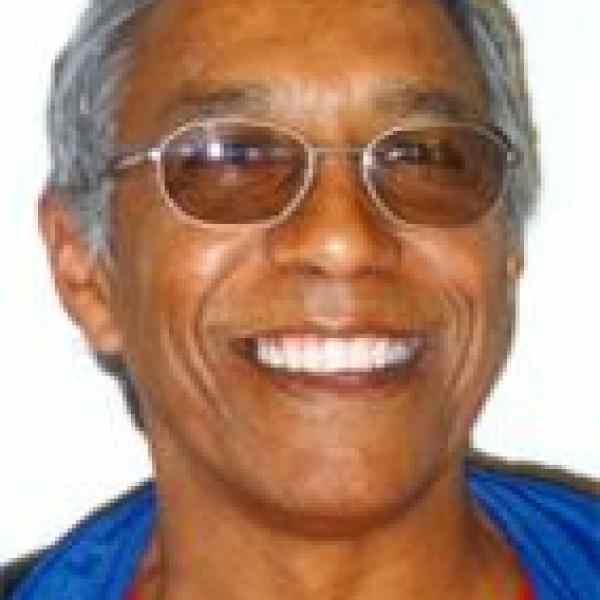Introduzione
Marcus Solomon builds more sustainable communities in South Africa by mobilizing children to take action in their own neighborhoods.
La nuova idea
Recognizing children as potential change agents, Marcus helps children organize themselves into small groups that meet regularly to discuss and take action on their communities' most pressing social issues. Collectively, these groups have become a national movement, addressing concerns in the four core areas of health, environment, culture, and media. Although each children's group operates independently, representatives from each group serve on a general council that coordinates the programs of the movement nationally. The end of apartheid has eliminated the political pressures that marred similar efforts in the past. Marcus recognizes that people are now willing to consider children's needs apart from a political agenda. Within this new context, Marcus places the agency of each child at the forefront of improving their lives.
Il problema
Children account for roughly half of South Africa's forty million people. Many of these children are poor and subject to poverty-related problems like delinquency, hunger, and disease. In many cases, children are left in the care of neighbors or older siblings while parents are away at work, making them vulnerable to abuse and neglect. While many of South Africa's social problems directly affect children, the broad movement for change in South Africa has ignored them as a resource and has not prepared them to handle responsibilities in post-apartheid South Africa. All previous attempts at constructing a children's movement have included elements of political advocacy and militancy, both detrimental to the broader goals of integration and a positive outlook.
La strategia
Marcus first attempted to launch a children's movement in the 1980s but was unsuccessful due to the volatile political climate of apartheid. He believes that, while each child is budding with potential, real power lies in collective efforts. Accordingly, self-governed children's groups form the foundation of the movement. By organizing and linking the groups, he supports their efforts to address the problems most pressing to them and builds a media campaign to spread the movement. Marcus founded Children's Resource Center in 1983. Initially, Marcus set up the children's groups in select communities where he and other political activists operated, but with time, as the idea has become more widely known, they have spread into other areas by way of request. There are now about fifty children's groups across South Africa, each consisting of thirty to fifty children between the ages of seven and fourteen years-old. True to the notion of recognizing the potential in children, the groups are run by smaller committees of children and overseen by an adult recruited by the young constituents. Marcus refers to this as the child-to-child approach: the movement's activities are coordinated by children, and knowledge is primarily transferred between children, breaking with conventional adult-to-child knowledge transfer practices. As the movement gained momentum, Marcus established forty local Child-to-Child Resource Centers to support and complement the children's groups in primary and secondary schools. The Centers, which are run by teams from the schools and children's groups, initially served as health centers but have become institutional bases from which activities are coordinated and leaders are trained to implement programs. Marcus's network spreads the movement's messages about youth participation and leadership in social change through major media outlets around South Africa. The Children's Resource Center publishes a manual to facilitate new programs and offices. The children also publish a newsletter and produce the Voice of the Children radio program to communicate that children are more than just consumers of popular culture and are actively involved in the creation of a new, values-based culture.
La persona
Marcus's interest in a children's movement originates in his days as an activist in the Western Cape. He was very involved in initiatives that eventually led to the formation of the Cape Areas Housing Action Committee, one of the most instrumental organizations in the United Democratic Front. Marcus was imprisoned on Robben Island for ten years and was under house arrest for another five years, due to his political activism during apartheid. At the time, he became active in discussions about alternative education, leading him to create major projects for solidarity and activity among children in Mitchell's Plain, Cape Town. Marcus joined the SACHED trust under educationist John Samuel and, in 1983, started the Children's Resource, which faltered due to party politics. In the mid 1990s, Marcus began to rebuild the movement on nonpolitical partisan terms, revitalizing the children's groups and introducing the Child-to-Child Resource Centers. His own experience as a child and later a father, combined with community activism, and his involvement in a children's magazine coalesced in his commitment to youth participation in the new South Africa.
